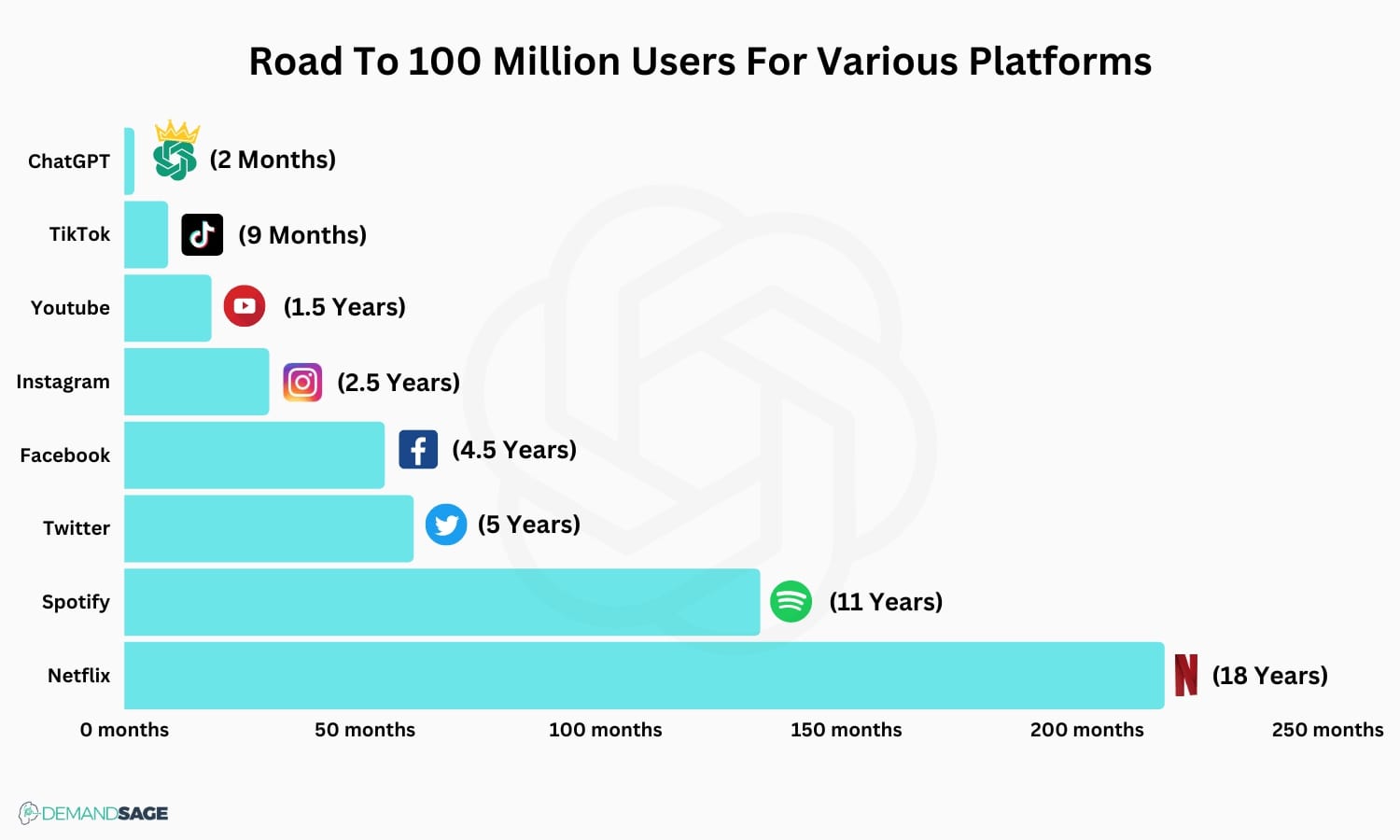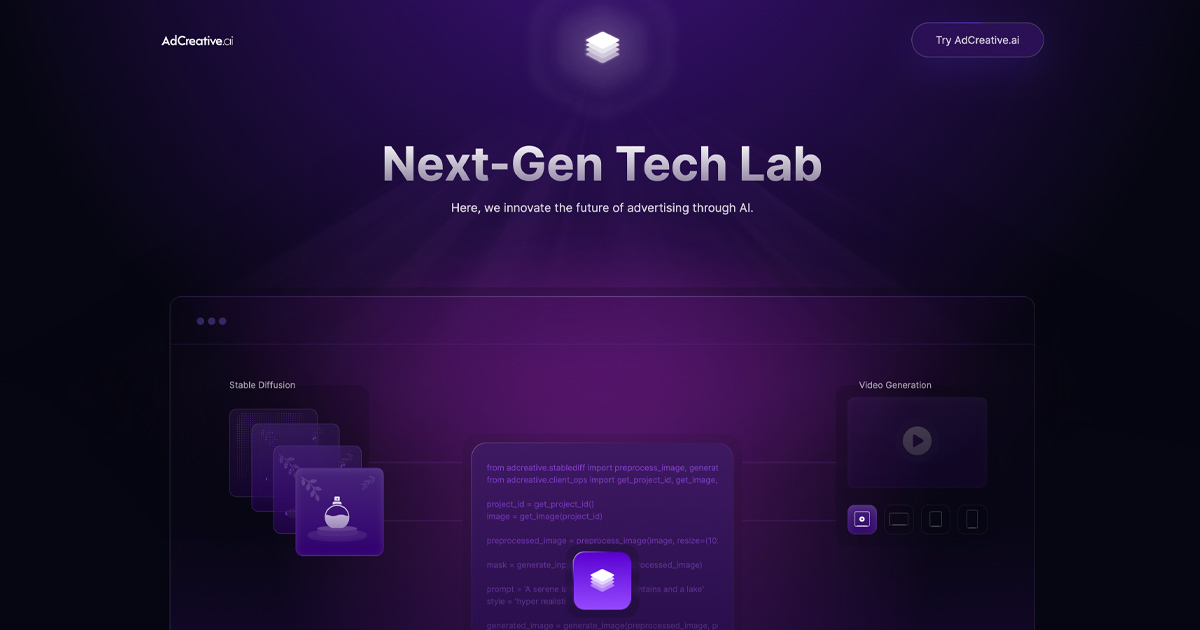
The Dawn of Agentic AI: How New LLM Architectures Are Revolutionizing Workflows
The AI ecosystem is on the cusp of a new phase, marked by the emergence of Agentic AI workflows that can deliver on the promises of hyperbolic proclamations. Frameworks and developer tools, such as LangChain, are gaining momentum and acceptance, enabling developers to build workflows that integrate Large Language Models (LLMs) and fine-tuned LLMs with APIs and services to execute tasks.
The Jamba model, with an instruction Jamba-Instruct variation, offers a robust and scalable solution to lengthy texts and accurate outputs.
In a departure from traditional Transformer-based architectures, AI21 Labs’ new architecture offers a robust and scalable solution to the lengthy texts and accurate outputs we desperately need. Other recently mentioned architectures, including GraphRAG, xLSTM, JEPA, and DoRA, all aim to address the limitations of traditional Transformer models.
Aside from model performance, another key factor that will lead us forward to an Agentic AI era is organic developer activity. To date, our trust in foundational model providers is almost blind, and we’re de facto trusting them with the entirety of our data. This responsibility warrants true integrity.
The Rise of AI Tools for Work
Despite fears that AI might replace workers, some employees are embracing the technology for work. In May, usage of OpenAI’s ChatGPT grew 74%, with 3.1 billion site visits. ChatGPT was the most used generative AI tool for work around the world in May, followed by competitors including Google Gemini and Anthropic’s Claude.
 ChatGPT’s massive growth in usage demonstrates its popularity among professionals.
ChatGPT’s massive growth in usage demonstrates its popularity among professionals.
Other AI tools, such as ElevenLabs, Perplexity AI, and QuillBot, are also gaining traction. Suno, an AI audio generator, allows users to generate music from text-prompts, while Canva AI Suite features image, video, and presentation generators.
The Future of Advertising with AdLLM
French startup AdCreative.ai has launched a new large language model, AdLLM Spark, built exclusively for advertising. AdLLM combines instant text generation with accurate performance prediction, leveraging real-life ad copy data from 2,000,000 users and 840 million lines of instructions, ad texts, and target audiences.
 AdLLM’s comprehensive dataset enables it to predict high-conversion ad texts with over 90% accuracy.
AdLLM’s comprehensive dataset enables it to predict high-conversion ad texts with over 90% accuracy.
AdCreative.ai’s CEO, Tufan Gok, envisions his startup leading the AI-driven future of advertising. With AdLLM, the startup plans to enhance the quality of computer-generated copy, revolutionizing the advertising industry.














